40 Is The New 28
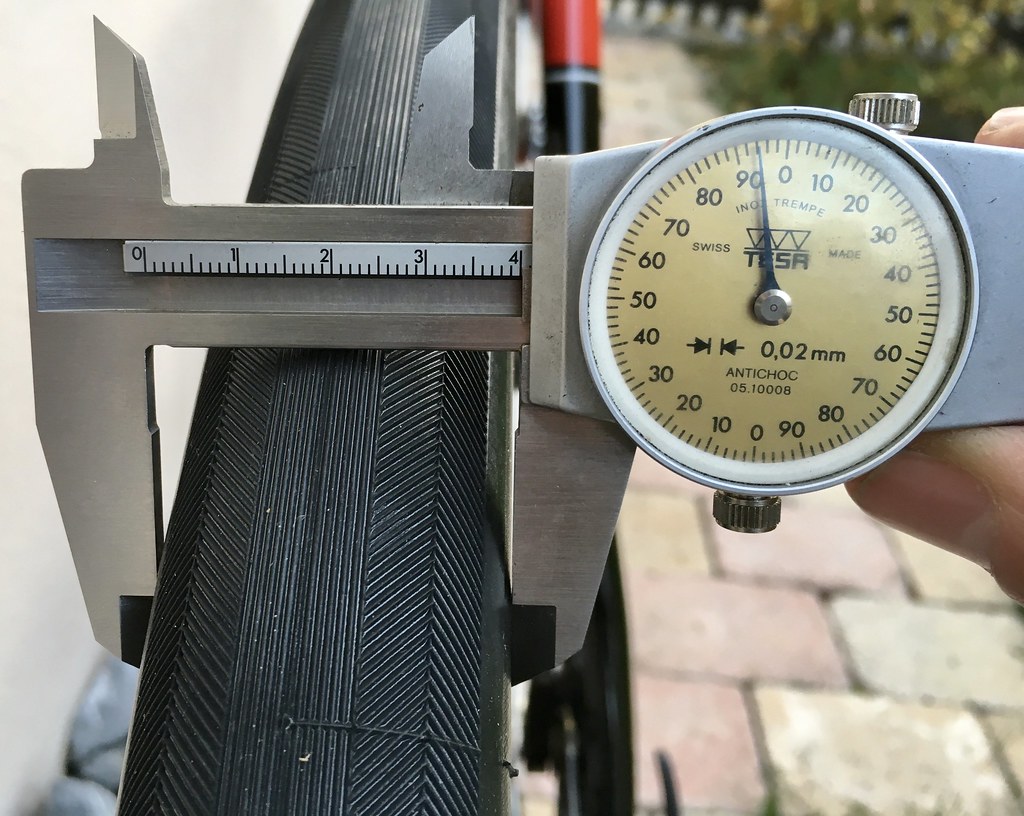
I started cycling in the mid-80s when the first mountain bikes arrived at the local bike stores. I had just begun my apprenticeship and a few work colleagues and I spent our small apprentice salary on these new 18-speed fat-tire bikes. We rode them to work and to our summer hangouts at the lake and soon enough discovered the trails around and above Biel. It didn't take long and I was hooked. After a couple of years, 1992 to be precise, I decided to start road cycling as well. My LBS was the Trek dealer at the time and I placed an order for a black Trek 5200 OCLV road bike. The bike was my primary road bike for many years, moved with me to California where it became my commuter bike after a couple of years.
Road bikes in those days primarily ran 700Cx21 or 700Cx23 tires on narrow aluminum rims. I spent a good majority of my road cycling career on 23mm wide tires and switched to 25mm only a few years ago. In March 2014, I bought my first Volagi Viaje frameset and always considered the bike my experimental platform. Back then I went bigger with tires running Schwalbe Durano in 700Cx28. After riding various 700Cx40 gravel tires last year and liking how that big volume felt on and off-road, I decided that a new experiment was in order. The Volagi Viaje got a new set of wheels - Nox Composites 30mm Citico rims laced to Chris King R45 hubs. For the rubber part, my choice fell on Compass Barlow Pass, which are 38mm tires that grow to 40mm on Citico rims.
After two months on this platform, there was no going back. While I still have a road bike that runs 25mm tires, any future road bike that joins my stable will be built around 40+ tires. Sure, you ain't going to see Chris Froome win the Tour de France on such wheels. That much rubber ain't going to win you any races. But that's not the point. Bike companies like to measure stuff such as stiffness or aerodynamics. It is easy to put a number on stuff like that and print flashy ads to proclaim that this bike's the stiffest or most aero ever built. I smile at such ads today because it has no relevance to my style of riding. The single most important factor a bike of mine has to have, is to have the biggest "grin-factor" possible. A bike does not need to be stiff, aero, or light. It has to make me smile riding it.
Well, how do you find a bike with a huge "grin factor"? A bike brand will find it difficult to figure out what will make you smile. A bike shop who knows you well might have an idea what that bike could be. Ultimately, it's only you who knows what that bike will be, and the more experience you have riding, the better you know what will pull the corners of your mouth to your ears. All the bikes I ride today exemplify my quest for a grin. They are not the bikes you'll find in a splashy magazine ad. They are the bikes of many years of trial and error; the result of experimenting and small incremental changes.
On the road-bike side of the search for the better, 700Cx40 tires are my latest discovery. They may not be the fastest on smooth roads, but they are the ideal wheel for the often poor, rough pavement on the narrow mountain roads I always ride. Thanks to the low pressure and large footprint, they offer tremendous grip while climbing or braking and smooth out stuff while descending at high speed. They also let me take gravel roads without worry whenever pavement isn't available.
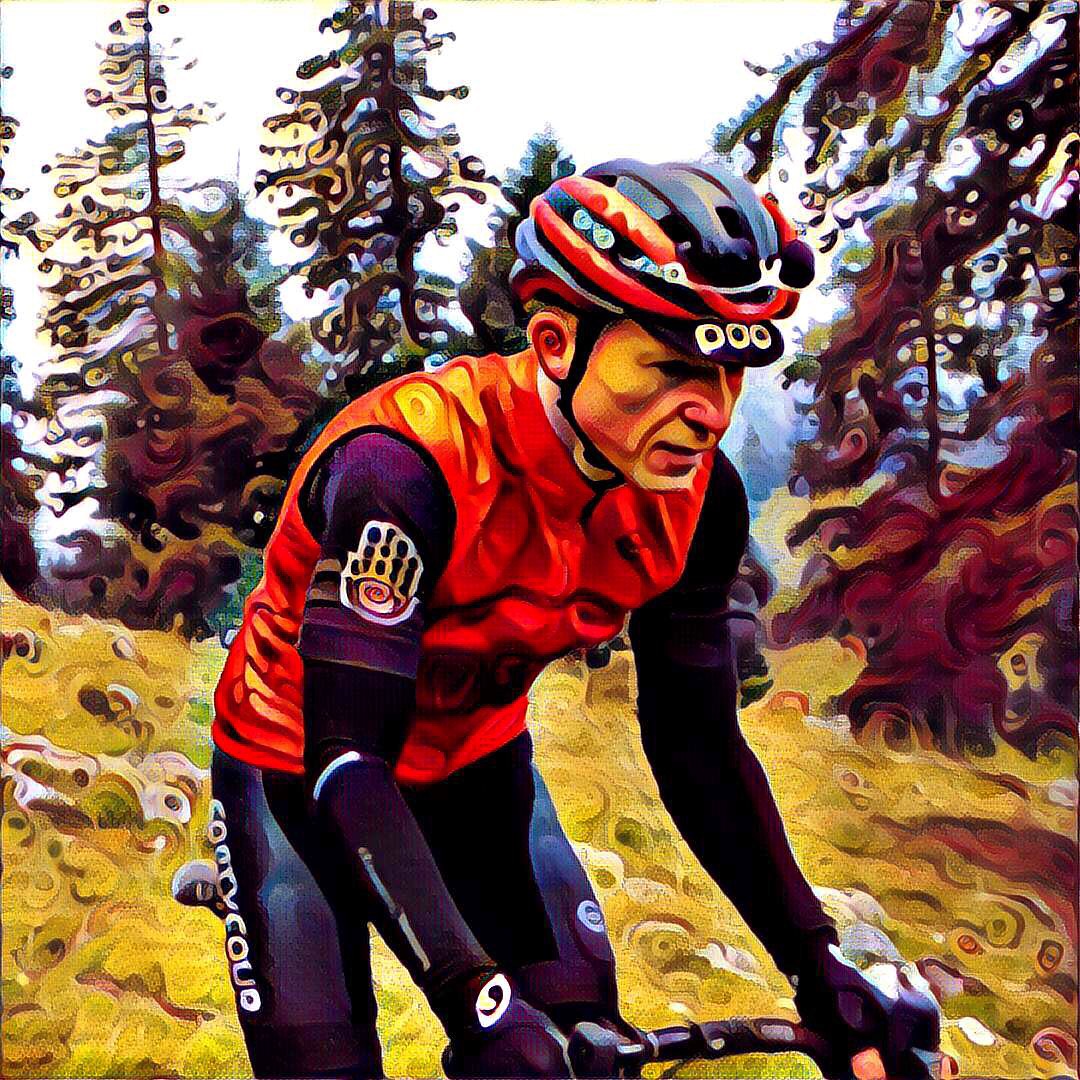
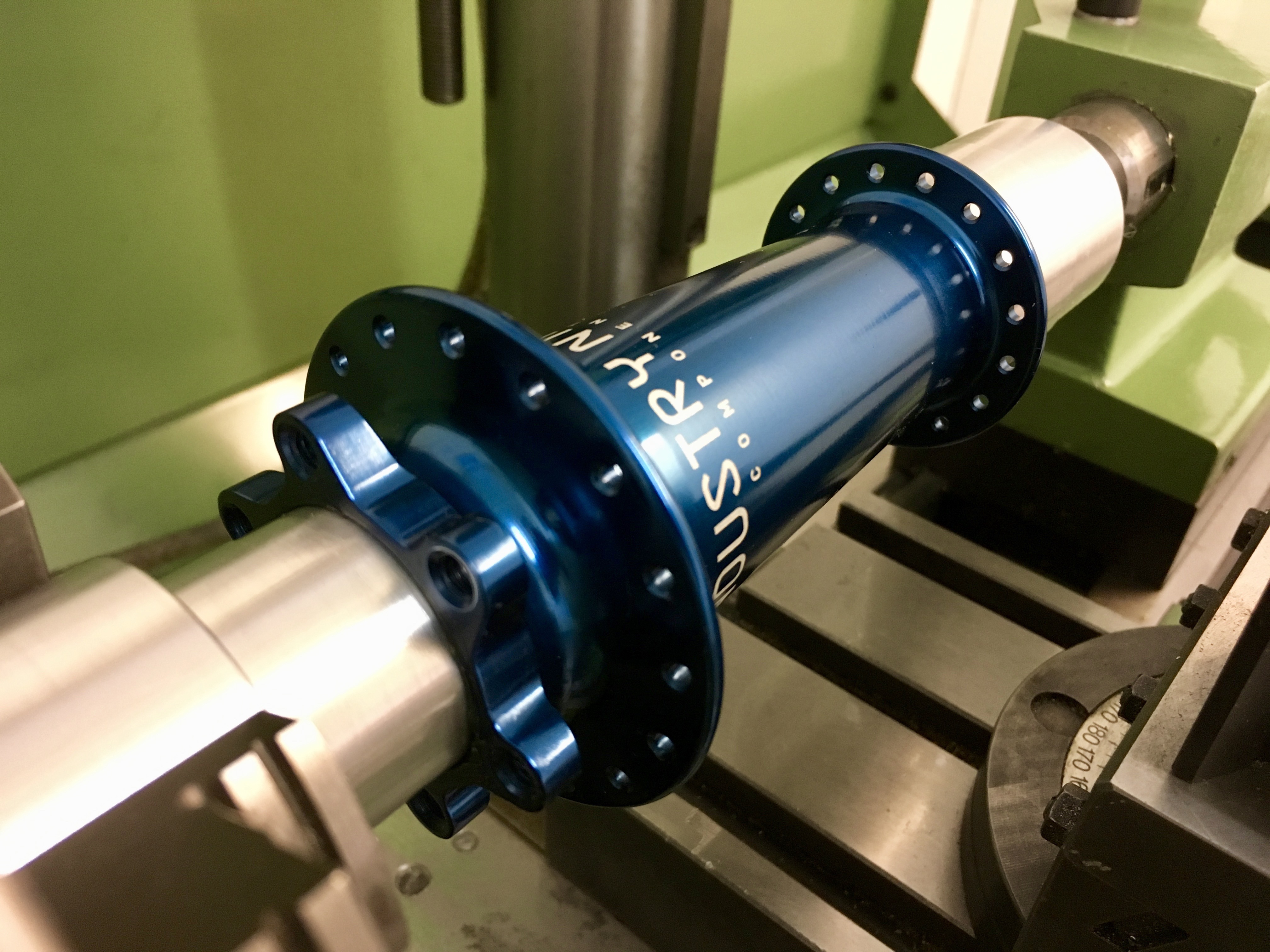
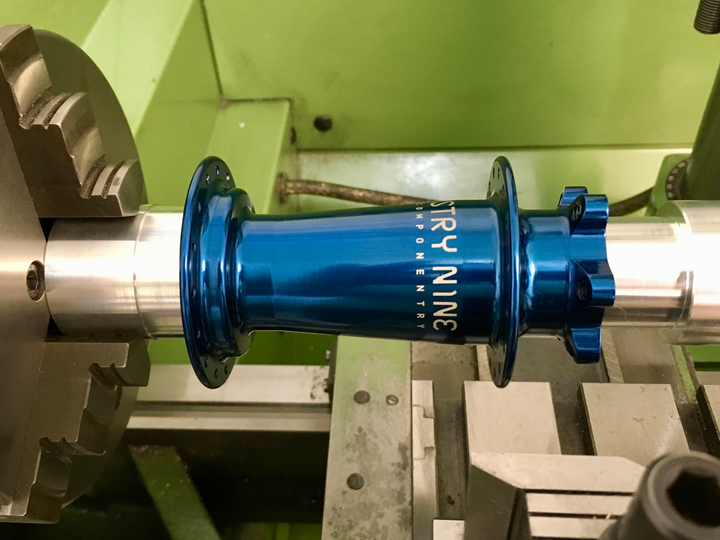
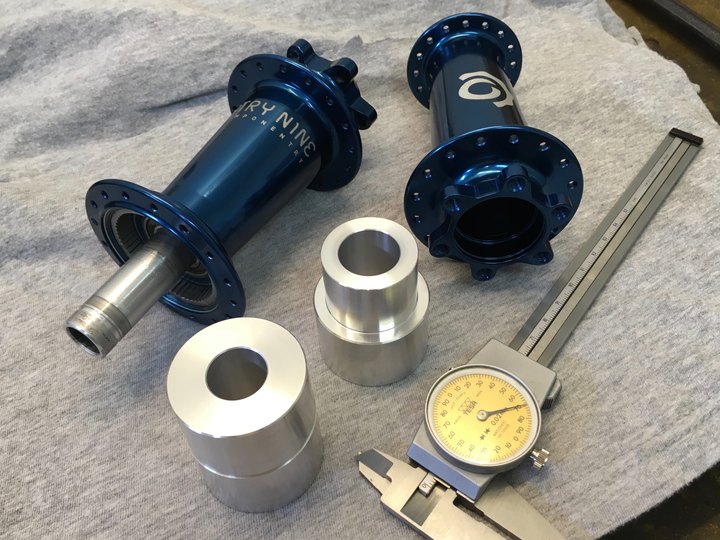
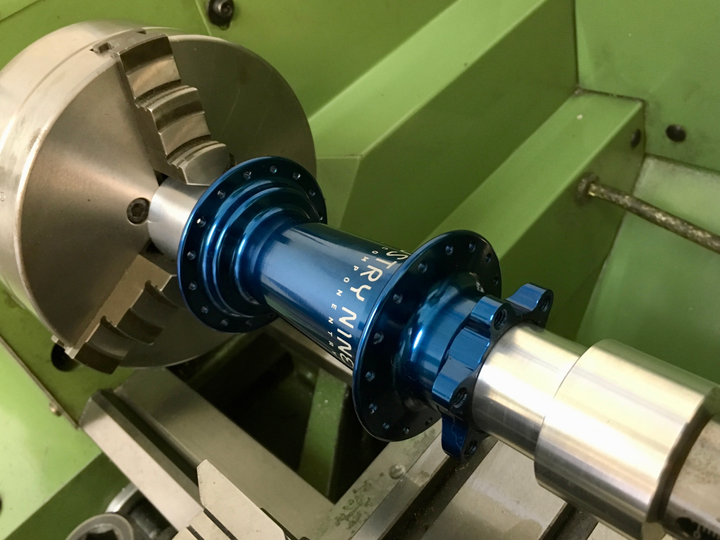
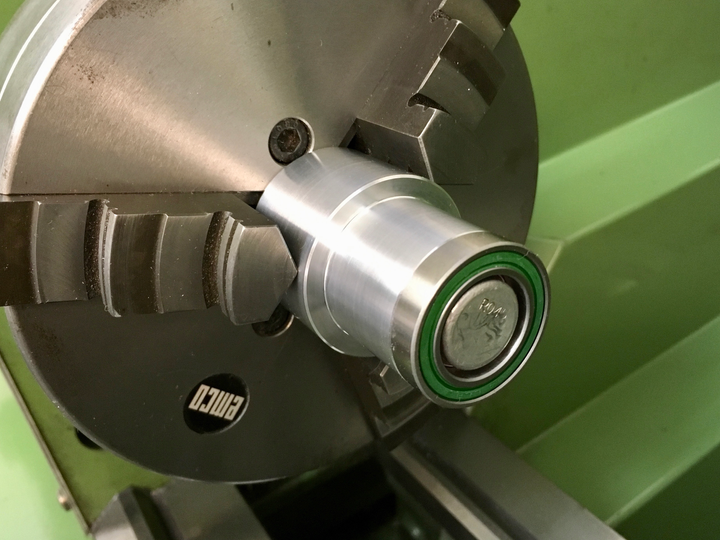
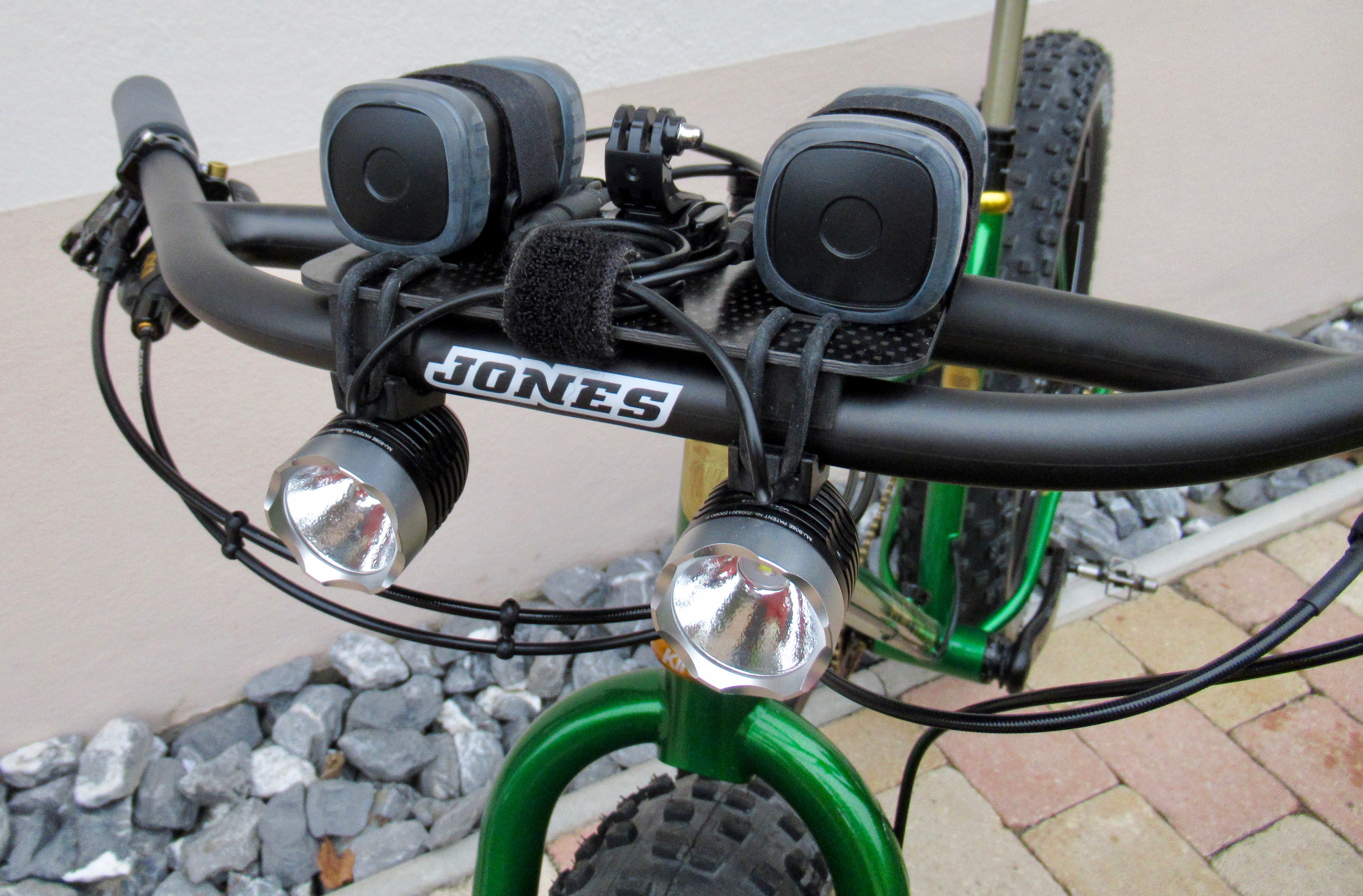
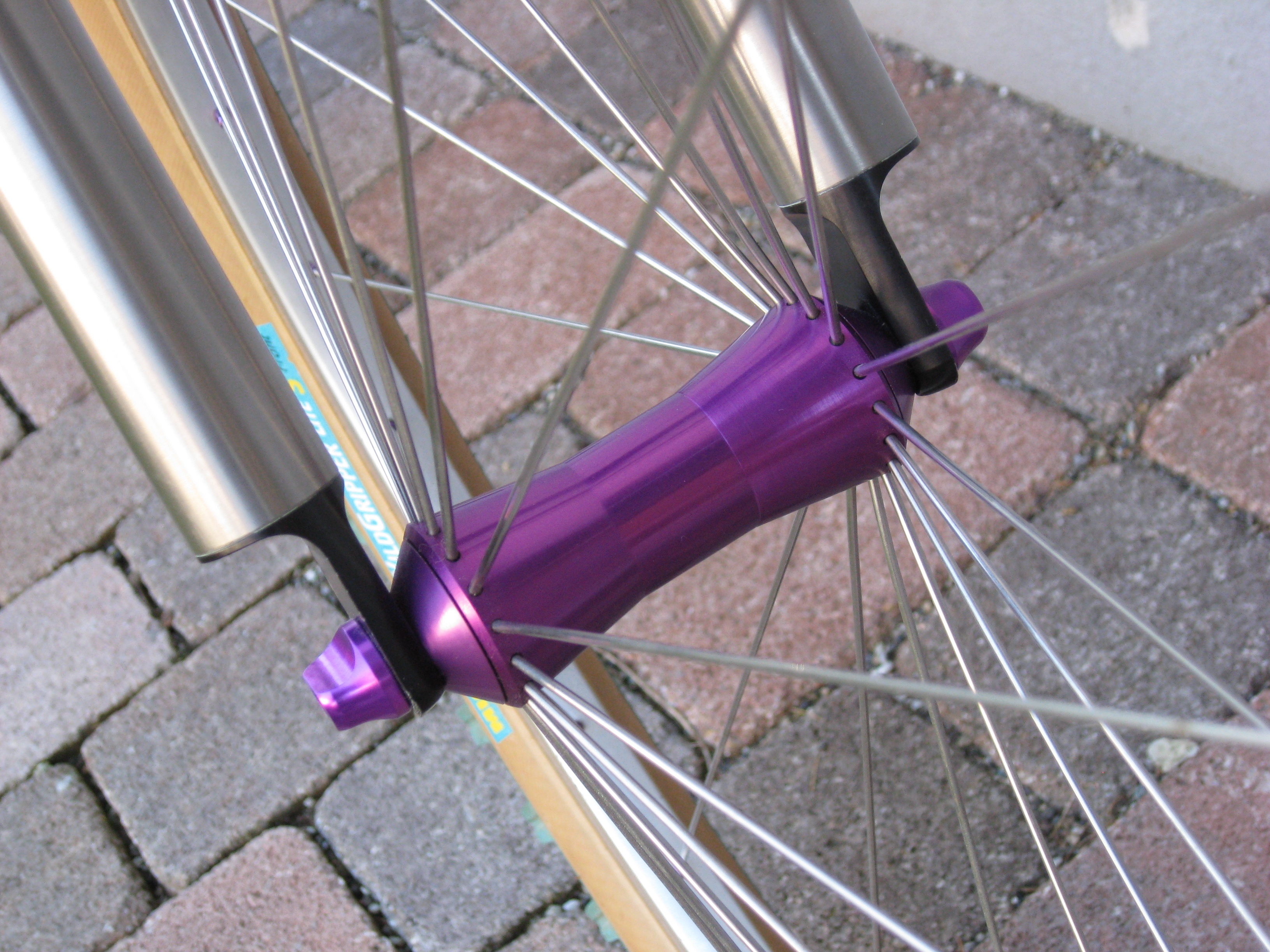
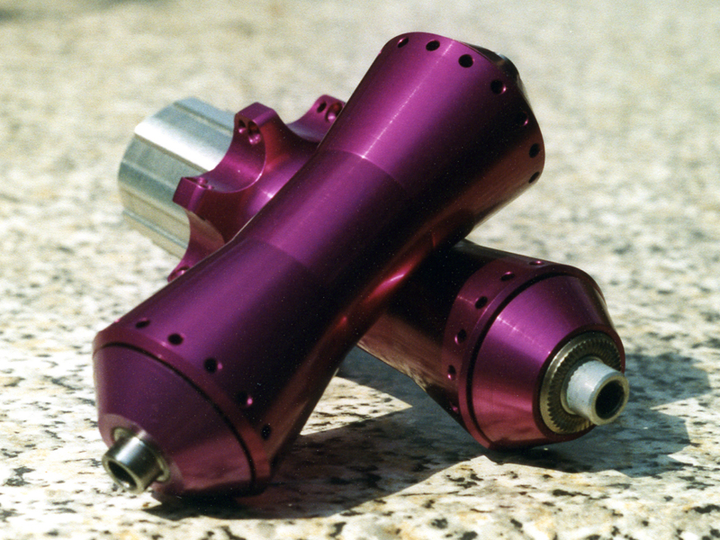
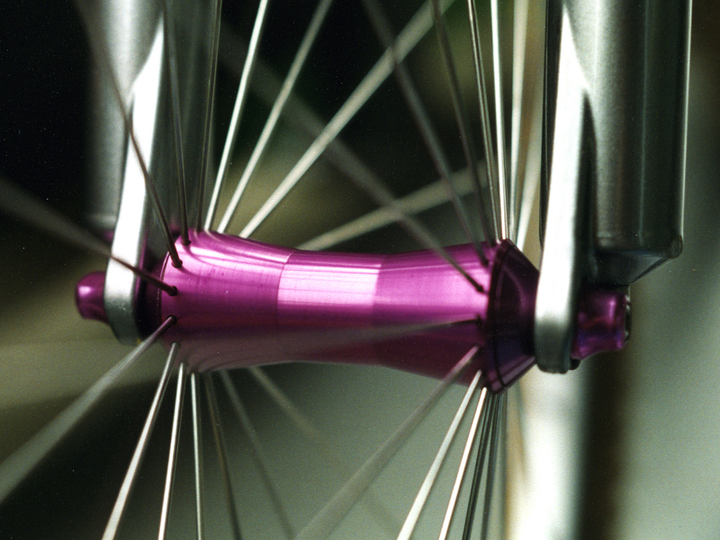
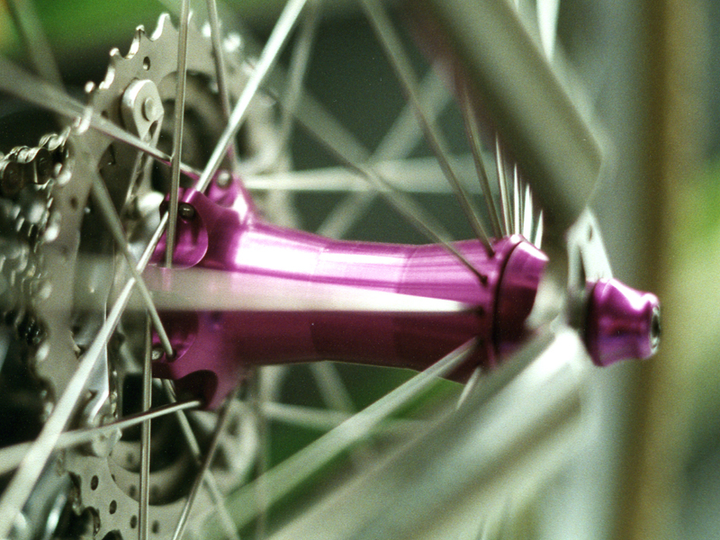
Comments